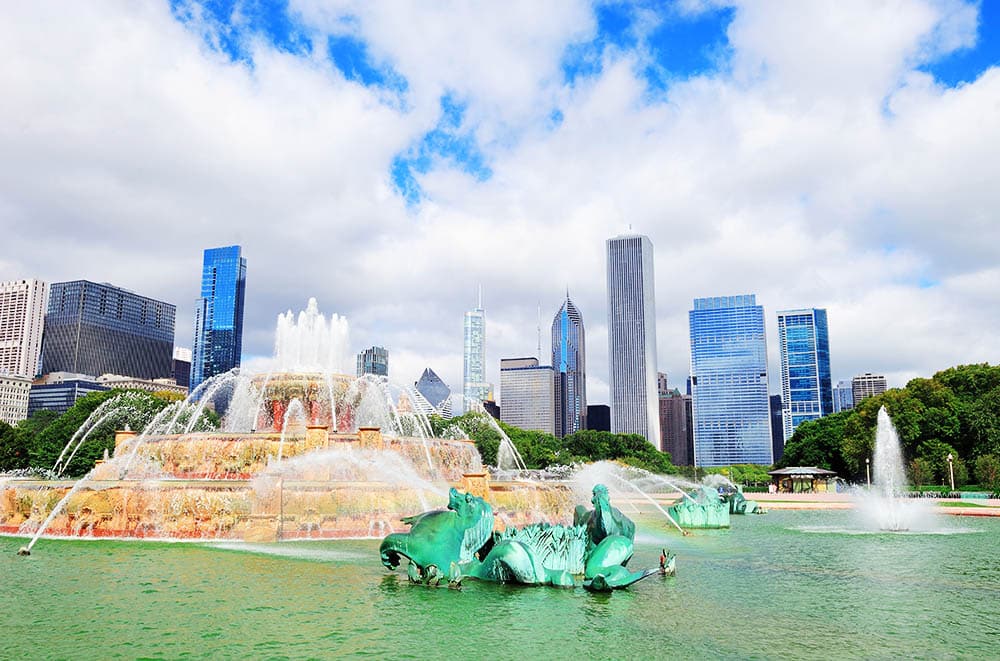Why Preserving National Parks is Essential for Future Generations
The beauty of nature is breathtaking. Gazing at the stars from the depths of the forest or watching the sunrise from a mountain peak leaves an indelible mark on the human soul. National Parks have been established for centuries to preserve and protect such natural treasures. They provide a space for people to experience the wonder of nature in its purest form, and they are crucial for our own physical and mental health. Therefore, preserving national parks is crucial not only for the current generation but also for the generations to come.
The Importance of National Parks
National Parks are considered to be the epitome of the concept of conservation. They provide a safe haven for rare plants and animals that are at risk from various human activities. The parks have been designated to preserve the unique and irreplaceable natural environment. They also offer recreational activities like hiking, camping, fishing, and sightseeing, which connect people to nature and foster a sense of stewardship towards the environment.
Furthermore, national parks are essential for society to maintain its ecological balance. They help regulate the climate by removing pollutants from the air and reducing greenhouse gas emissions. They also form a significant part of the local economy by contributing to the tourism industry. National Parks can also help provide clean water, timber, and other natural resources to local communities.
However, preserving these natural treasures entails a great responsibility. It requires a collective effort from individuals, communities, and organizations to ensure that the parks remain intact for the generations to come.
Challenges facing National Parks
National Parks face various challenges that pose threats to their existence. These challenges are either human-made or natural, and they both have significant consequences. Here are some of the challenges that national parks face:
Overuse
Overuse is a severe threat to national parks because it causes damage to the natural environment. The high traffic of visitors in the parks leads to littering, soil erosion, and destruction of vegetation. It also puts undue pressure on the wildlife, leading to overpopulation, depletion of resources, and loss of habitat. Despite the establishment of visitor quotas and restrictions, some parks still experience overcrowding, resulting in long queues, pollution, and congestion.
Climate Change
Climate change is another significant threat to national parks. Warming temperatures, drought, and changes in precipitation patterns have contributed to the decline of numerous plant and animal species. As the Arctic ice continues to melt, the polar bears’ habitat is threatened, and many other species that thrive in frigid conditions face extinction. Rising sea levels are a looming threat to coastal national parks, where coastal regions and wetlands are being lost to erosion and saltwater inundation.
Development
National parks are under constant threat of development. The need for land for commercial, residential, or industrial purposes poses a significant threat to park preservation efforts. This development can lead to the loss of habitat and the displacement of wildlife. Furthermore, it can cause soil erosion, loss of biodiversity, and water pollution. It also puts pressure on the local community to accommodate growth, affects their quality of life, and destroys the social fabric of the community.
Insufficient Funding
National parks’ maintenance and preservation is a costly endeavor, and funding is usually limited, making it difficult to provide adequate protection and maintenance. The national parks’ infrastructure, including visitor centers, trails, and campsite facilities, requires maintenance, repairs, and upgrades to provide a safe and enjoyable experience to visitors. The parks also require funds to manage natural disasters that occur within their jurisdiction, such as wildfires or floods. Unfortunately, the current status quo of insufficient funding has left many national parks understaffed and unable to enforce their rules.
How to Preserve National Parks
Preserving national parks requires collective action from various stakeholders. It requires a deep understanding of the value of these natural treasures to the environment, society, and the economy. Here are some ways to preserve national parks:
Support Conservation Organizations
Numerous organizations have shown a genuine commitment to the conservation of national parks. These organizations provide the parks with the necessary resources, including funding, infrastructure, and expertise, to ensure their preservation. Supporting these organizations through donations, volunteering, or spreading awareness of their work can go a long way in protecting these natural treasures.
Awareness and Education
Awareness of the value of nature and its benefits is essential in shaping public opinion that conservation is important. Education on the importance of natural habitats and wildlife is necessary, especially for the younger generations. By involving children in nature programs, field trips and outdoor adventures, they become aware and appreciate the natural world. They are likely to become advocates of park conservation, spreading the word and taking action to ensure their protection.
Responsible Recreation
Responsible recreation involves practicing sustainable and low-impact tourism activities within the national parks. This includes following park rules, staying on designated trails, disposing of garbage appropriately, and avoiding activities that could cause harm to the wildlife, vegetation, and natural habitat. People must understand that they visit these beautiful places as guests and must leave no trace and respect the environment.
Political Action
Preserving national parks will require political action to enact federal, state, and local laws and policies that protect these natural treasures. This includes limiting development, providing adequate funding for conservation efforts, and enforcing visitor quotas and restrictions.
Conclusion
Nature’s beauty is a gift we all have a stake in protecting. We must commit ourselves to preserve and protect natural treasures like national parks, which offer essential ecological, social, and economic benefits. Every individual, community, organization, and government has a role to play in ensuring that we preserve these national treasures for the generations to come.
